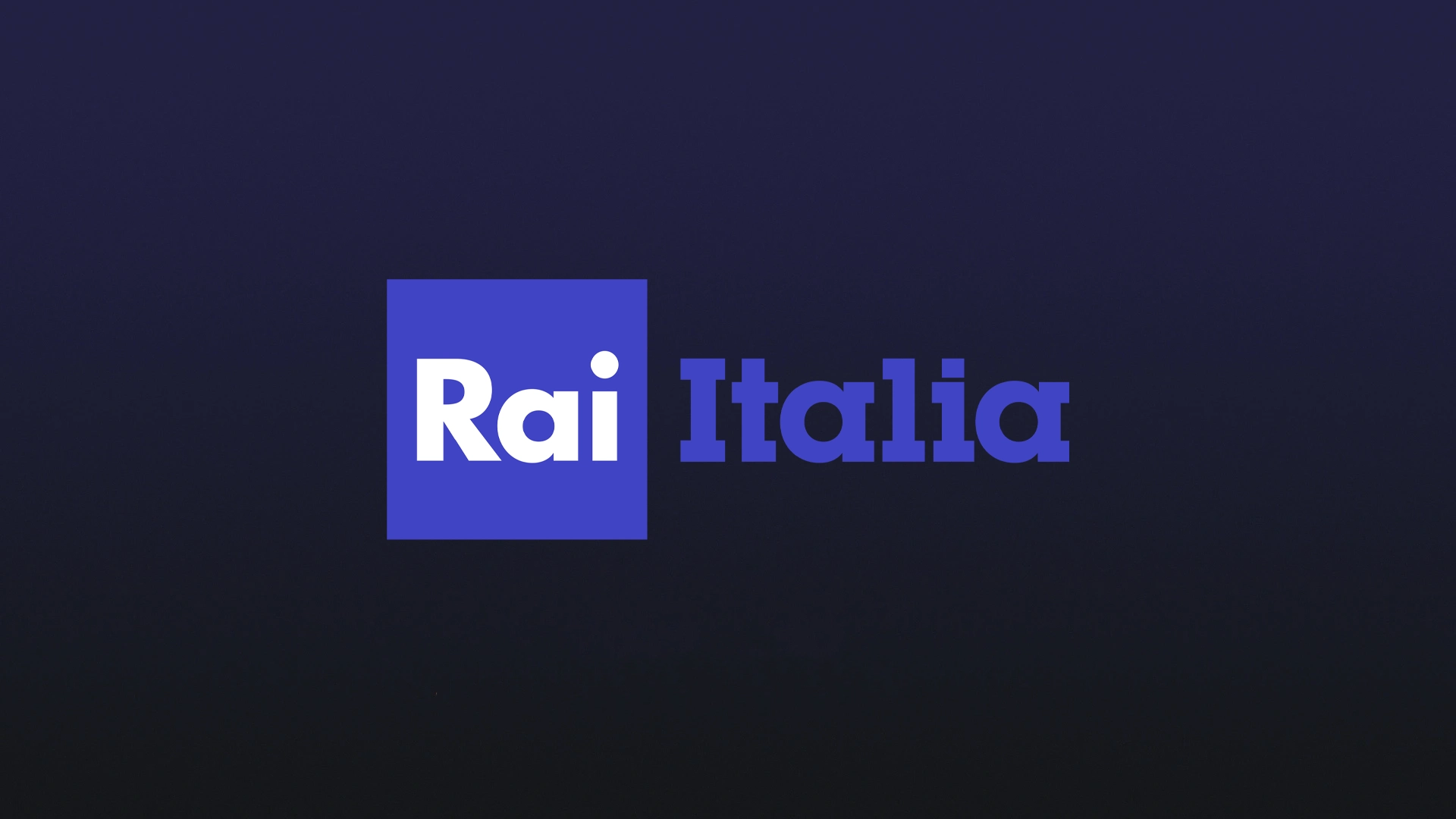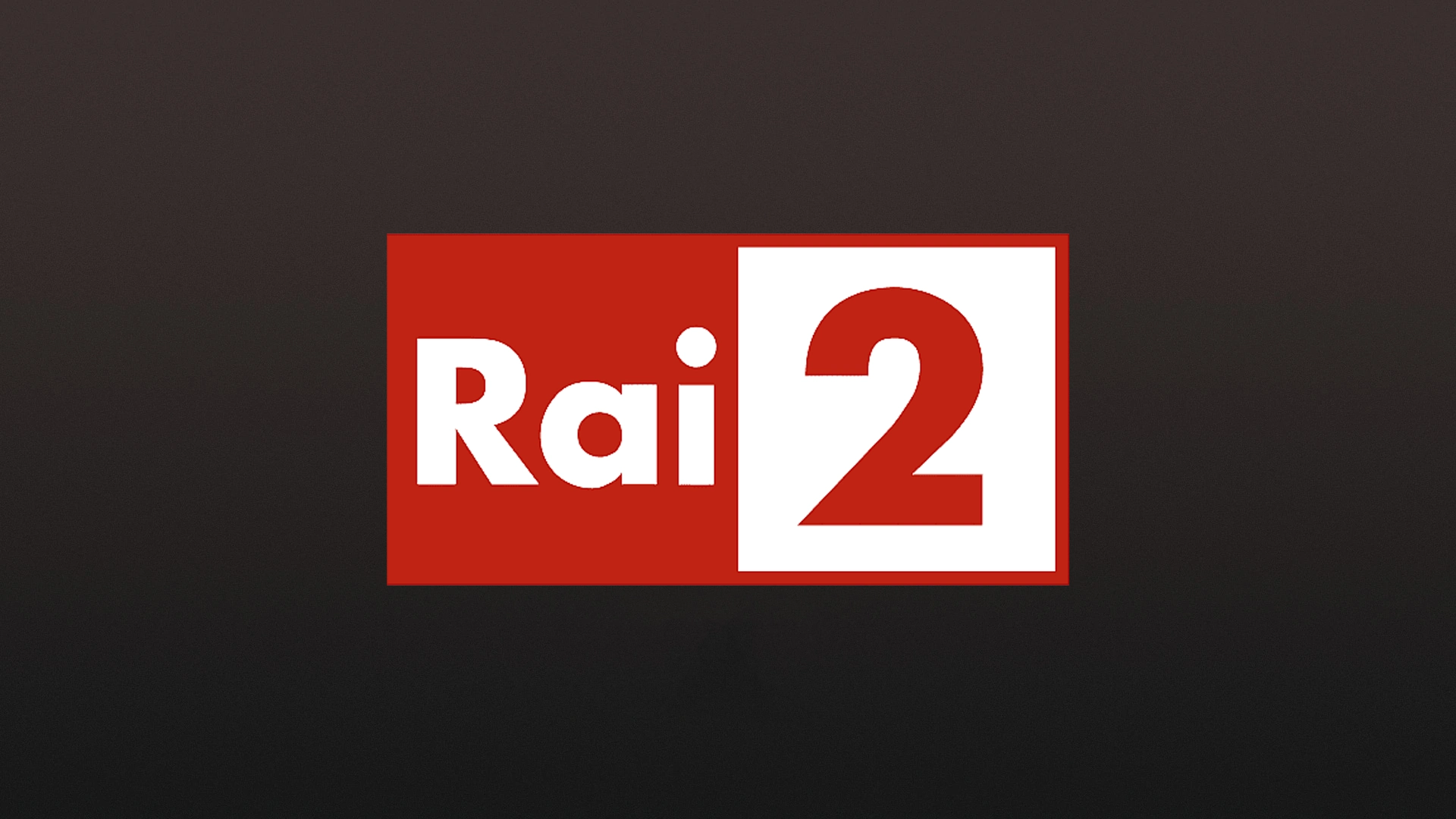Rai 3 – Italy’s Channel for Culture, News, and Social Commentary
Introduction
Rai 3 is one of Italy’s most influential television channels, renowned for its focus on culture, in-depth news coverage, investigative journalism, and socially conscious programming. As part of the Radiotelevisione Italiana (RAI) network, the channel has played a vital role in shaping Italian public broadcasting since its launch. With a commitment to public service journalism and thought-provoking content, Rai 3 stands as a unique pillar in Italy’s media landscape.
History and Evolution
Rai 3 officially launched on 15 December 1979, emerging as the third national channel operated by RAI, Italy’s public broadcaster. Unlike its predecessors, Rai 1 and Rai 2, which catered to broader entertainment and mainstream audiences, Rai 3 was conceptualized as a platform for regional programming, cultural discussions, and investigative journalism.
Early Years: A Regional and Political Identity
During its formative years in the 1980s, Rai 3 established a strong connection with Italy’s regions, offering extensive coverage of local news, cultural affairs, and minority language programming. It became a significant voice for regional identities and political discourse, distinguishing itself with a left-leaning editorial stance. This political positioning was further cemented when the channel came under the leadership of figures associated with the Italian Communist Party (PCI), which influenced its focus on investigative journalism and political analysis.
Growth and Expansion: The 1990s and Early 2000s
By the 1990s, Rai 3 had evolved beyond its regional focus, becoming a nationally recognized hub for current affairs programming. Shows such as “Ballarò” (a popular political talk show) and “Chi l’ha visto?” (a long-running investigative program focusing on missing persons) cemented the channel’s reputation as a serious and socially responsible broadcaster.
During this period, Rai 3 also expanded its cultural offerings, broadcasting high-quality documentaries, art programs, and European cinema. The channel gained a strong reputation for its intellectual depth and investigative rigor, appealing to a politically aware and culturally engaged audience.
Digital Transition and Modernization
With the onset of digital broadcasting in the 2010s, Rai 3 underwent a technological and content transformation. The channel embraced high-definition broadcasting, online streaming, and interactive content, making its programming more accessible to a younger, tech-savvy audience. At the same time, Rai 3 continued to champion investigative journalism, airing exposés on corruption, social injustices, and environmental issues.
Today, Rai 3 remains a vital part of RAI’s public service mission, offering a diverse blend of news, culture, documentary, and social debate programming.
Programming and Content
Rai 3’s programming is characterized by its serious journalistic tone, commitment to public service, and focus on cultural enrichment. The channel covers a broad range of topics, from political analysis and investigative journalism to cultural documentaries and high-quality entertainment.
1. News and Investigative Journalism
- TG3 – Rai 3’s flagship news program, delivering national and international news with a focus on in-depth reporting.
- Report – One of Italy’s most respected investigative journalism programs, uncovering corruption and social issues.
- Presa Diretta – A hard-hitting news show focusing on major national and global events.
2. Political Debate and Social Issues
- Cartabianca – A weekly political debate program featuring discussions on Italy’s political landscape.
- Ballarò (discontinued but historically important) – A long-running talk show that shaped Italian political discourse.
- Chi l’ha visto? – A socially engaged program investigating missing persons cases.
3. Cultural and Educational Content
- Geo – A documentary series exploring nature, the environment, and global cultures.
- Ulisse: Il Piacere della Scoperta – Hosted by Alberto Angela, a show dedicated to history, archaeology, and science.
- La Grande Storia – A deep dive into key moments of world history, using archival footage and expert analysis.
4. Regional and Local Programming
- Buongiorno Regione – A morning news segment focused on regional affairs.
- Linea Notte – A late-night talk show covering local and national issues.
5. Entertainment and Fiction
- Sapiens – Un Solo Pianeta – A show blending science, philosophy, and environmental awareness.
- Blob – A satirical program compiling clips from Italian television, providing a humorous take on current events.
- Rai Fiction – Rai 3 also contributes to RAI’s fiction department, airing socially relevant dramas and documentaries.
Ownership and Role within RAI
Rai 3 is operated by RAI – Radiotelevisione Italiana, Italy’s public broadcaster funded through a combination of government funding and license fees. RAI oversees a broad portfolio of channels, including Rai 1, Rai 2, Rai 4, and Rai 5, each catering to different audience segments.
As a public service broadcaster, Rai 3 adheres to strict editorial guidelines, ensuring journalistic integrity, balance, and diverse representation. Despite occasional political controversies, the channel has remained a trusted source of news, information, and cultural programming for decades.
Audience and Cultural Impact
Rai 3 has cultivated a loyal and intellectually engaged audience, primarily attracting viewers interested in politics, culture, and investigative journalism. Unlike commercial broadcasters, Rai 3 prioritizes public interest over ratings, focusing on educational and socially relevant content.
The channel has had a profound cultural impact in Italy, influencing:
- Public debates on political and social issues.
- Investigative journalism and transparency in governance.
- Promotion of Italian culture, history, and regional identities.
- Environmental awareness through programs like “Geo” and “Sapiens”.
Future Prospects and Challenges
Looking ahead, Rai 3 faces both opportunities and challenges in a rapidly evolving media landscape. Key areas of focus include:
1. Digital Transformation
Rai 3 is expanding its presence in the digital and streaming space, making its content accessible via RaiPlay, RAI’s official on-demand platform. Investing in interactive content, podcasts, and social media engagement is essential to attracting younger audiences.
2. Maintaining Editorial Independence
As a state-funded broadcaster, Rai 3 often faces scrutiny over its editorial independence and political influences. Ensuring journalistic integrity and transparency remains a critical challenge.
3. Expanding International Reach
While primarily an Italian channel, Rai 3 has the potential to expand its influence internationally, particularly through documentaries and investigative journalism that resonate beyond Italy.
Conclusion
Rai 3 stands as one of Italy’s most important cultural and journalistic institutions, providing high-quality news, investigative reporting, and thought-provoking programming. As part of RAI’s public service mission, it continues to serve as a beacon of intellectual curiosity, social awareness, and cultural enrichment.
With a rich history and a commitment to the future, Rai 3 remains a trusted source of information and culture for Italian audiences, ensuring that public broadcasting in Italy continues to thrive in the digital age.





Add :